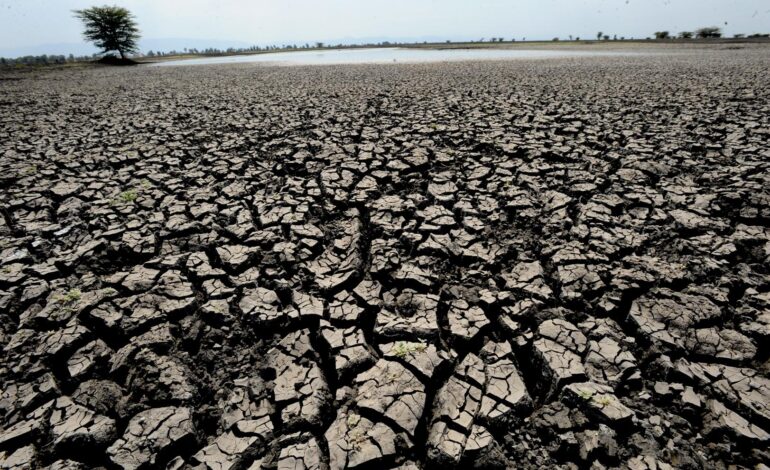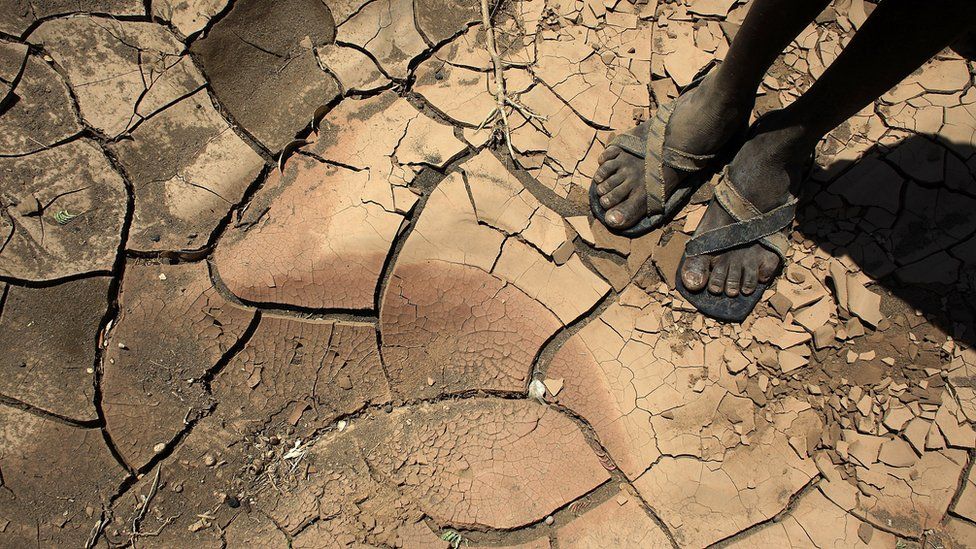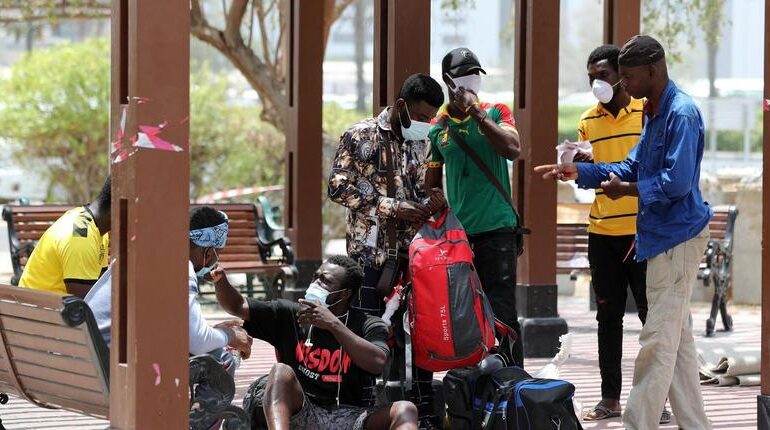
Ekeomah Atuonwu
Long-term changes in temperature and weather are referred to as climate change. These changes might be brought on by natural processes, such oscillations in the solar cycle. However, since the 1800s, human activities have been the primary cause of climate change, mostly as a result of burning fossil fuels like coal, oil, and gas.
Fossil fuel combustion produces greenhouse gas emissions that serve as a blanket around the Earth, trapping solar heat and increasing temperatures.

Examples of greenhouse gas emissions that are causing climate change include carbon dioxide and methane. These come from using gasoline for driving a car or coal for heating a building, for example. Clearing land and forests can also release carbon dioxide.
Garbage landfills are a major source of methane emissions. Energy, industry, transport, buildings, agriculture and land use are among the main emitters.
CLIMATE CHANGE IN AFRICA
With only two to three percent of global emissions, Africa has made a negligible contribution to the changing climate, yet it stands out as the planet’s most vulnerable continent.
The continent currently experiences very little socioeconomic growth, which contributes to its vulnerability. Despite the fact that climate change is a worldwide issue, its effects extremely affect the poor. This is due to their inability to access resources necessary to protect themselves and recuperate from the harshest consequences of the changing environment.
Africa faces a lot of obstacles in achieving the Sustainable Development Goals because of climate change.
The United Nations Environment Programme estimates that costs associated with climate-change adaptation across Africa could hit $50 billion annually by 2050, even if the global temperature does not rise more than 2°C above pre-industrial levels.
Under the Paris Agreement, all countries committed to take collective action on climate change to hold the increase in the global average temperature to well below 2°C above pre-industrial levels and pursue efforts to limit the temperature increase to 1.5°C above pre-industrial levels.
African countries have outlined bold aspirations to build climate-resilient and low-carbon economies in their Nationally Determined Contributions (NDCs) to the Paris Agreement.

The State of the Climate in Africa 2021 reveals that rainfall patterns are disrupted, glaciers are disappearing and key lakes are shrinking.
And rising water demand, combined with limited and unpredictable supplies, threatens to aggravate conflict and displacement.
“The worsening crisis and looming famine in the drought-stricken Horn of Africa shows how climate change can exacerbate water shocks, threatening the lives of hundreds of thousands of people and destabiliizing communities, countries and entire regions,” said World Meteorology Organization(WMO) Secretary-General Petteri Taalas.
The State of the Climate, which places a particular emphasis on water, warns that by 2030, up to 700 million people could be displaced from their homes due to high water stress, affecting an estimated 250 million people on the continent.
By 2030, it’s doubtful that four out of five African nations will have water resources that are sustainably managed.
“Africa’s climate has warmed more than the global average since pre-industrial time,” warned Mr. Taalas, noting that the sea level rise along African coastlines is faster than the global mean.
He observed that that this is contributing to increases in the frequency and severity of coastal flooding and erosion, and salinity in low-lying cities.
“Changes in continental water bodies have major impacts on the agriculture sector, ecosystems, biodiversity,” said the WMO chief.
Only 40% of Africans now have access to early warning systems against the effects of extreme weather and climate change.
In order to guarantee that everyone has access to early warnings within the next five years, WMO is leading a campaign at the request of UN Secretary-General António Guterres.
Action on climate change is also gathering momentum.
In order to make them more ambitious and to increase their commitments to climate adaptation and mitigation, more than 40 African States have amended their national climate plans.
OBSERVATIONS OF CONCERN
The year 2021 was either the third or fourth warmest years on record for Africa.
By 2030, 108-116 million people in Africa are expected to be exposed to sea level rise risk.
Drought in East Africa has worsened following consecutive failed rainy seasons combined with heightened conflict, related population displacement, and COVID-19 restrictions.
Many parts of Northern Africa experienced extreme heat, which was accompanied by wildfires.
Over the past 50 years, drought-related hazards have claimed the lives of over half a million people and triggered $70 billion in regional economic losses.
Increased temperature contributed to a 34 per cent reduction in agricultural productivity growth in Africa since 1961 – more than any other region in the world.
Climate-related hazards continued to be a major driver of new displacement in Africa.
In Africa, only four out of 10 people are covered by Multi-Hazard Early Warning Systems.
COP 27
The 27th session of the Conference of the Parties (COP 27) to the UNFCCC will take place in Sharm El-Sheikh, Egypt from 6 to 18 November 2022.

COP27 will bring governments together to accelerate global efforts to confront the climate crisis. It is an important meeting because the latest science shows that climate change is moving much faster than we are, pushing ecosystems and communities to their limits.
The objectives if COP 27 are:
1. Mitigation: how are countries reducing their emissions?
2. Adaptation: how are countries going to adapt and help others do the same?
3. Climate Finance: the elephant that never leaves the negotiation room.
Protecting people, their homes, companies, livelihoods, infrastructure, and natural ecosystems means adapting to the effects of climate change. Both recent and foreseeable effects are covered. While adaptation will be necessary everywhere, it must be given priority right away for the most vulnerable populations who have the fewest resources to deal with climate dangers.
The rate of return can be substantial. Disaster early warning systems, for instance, save lives and property and can be up to ten times more beneficial than the initial investment.




